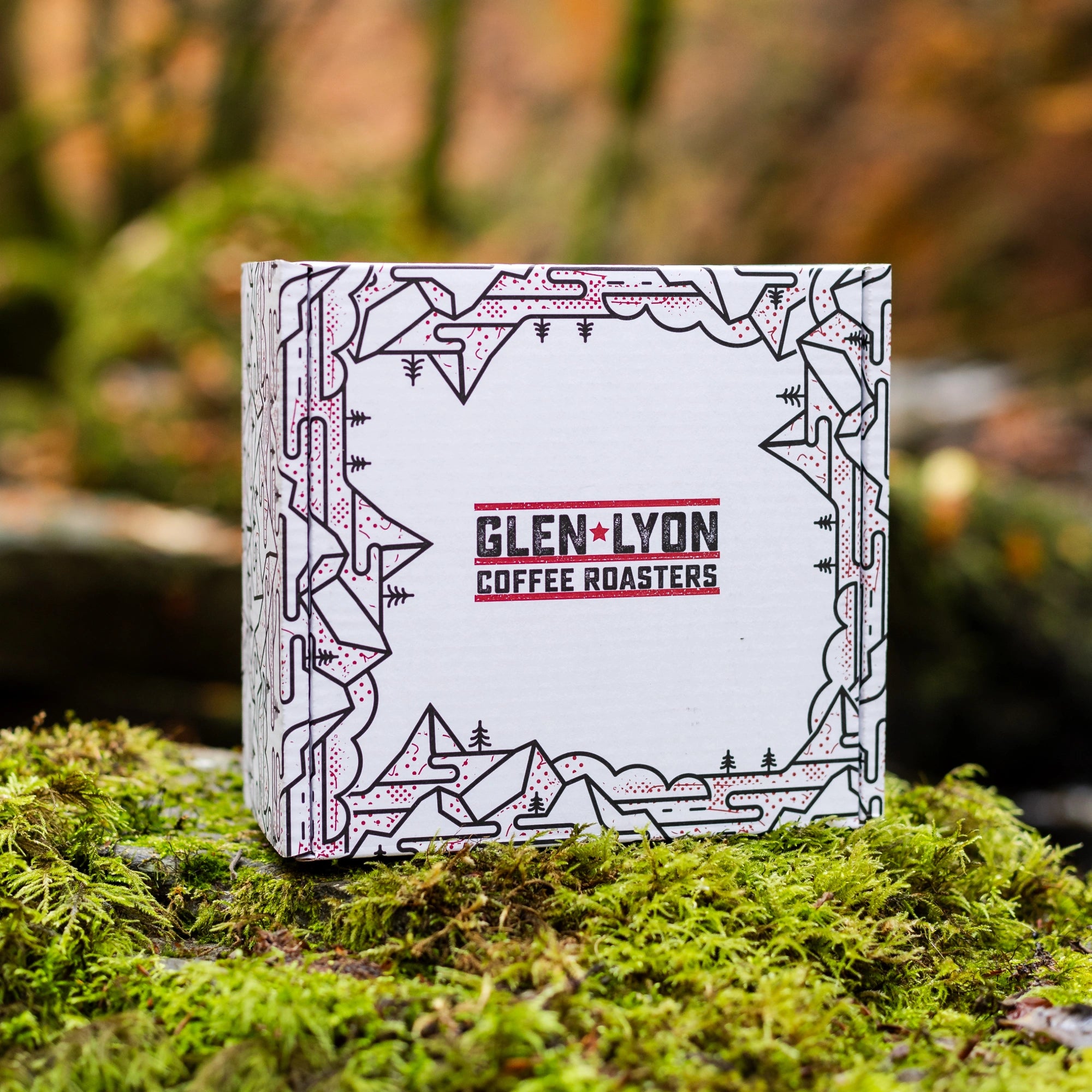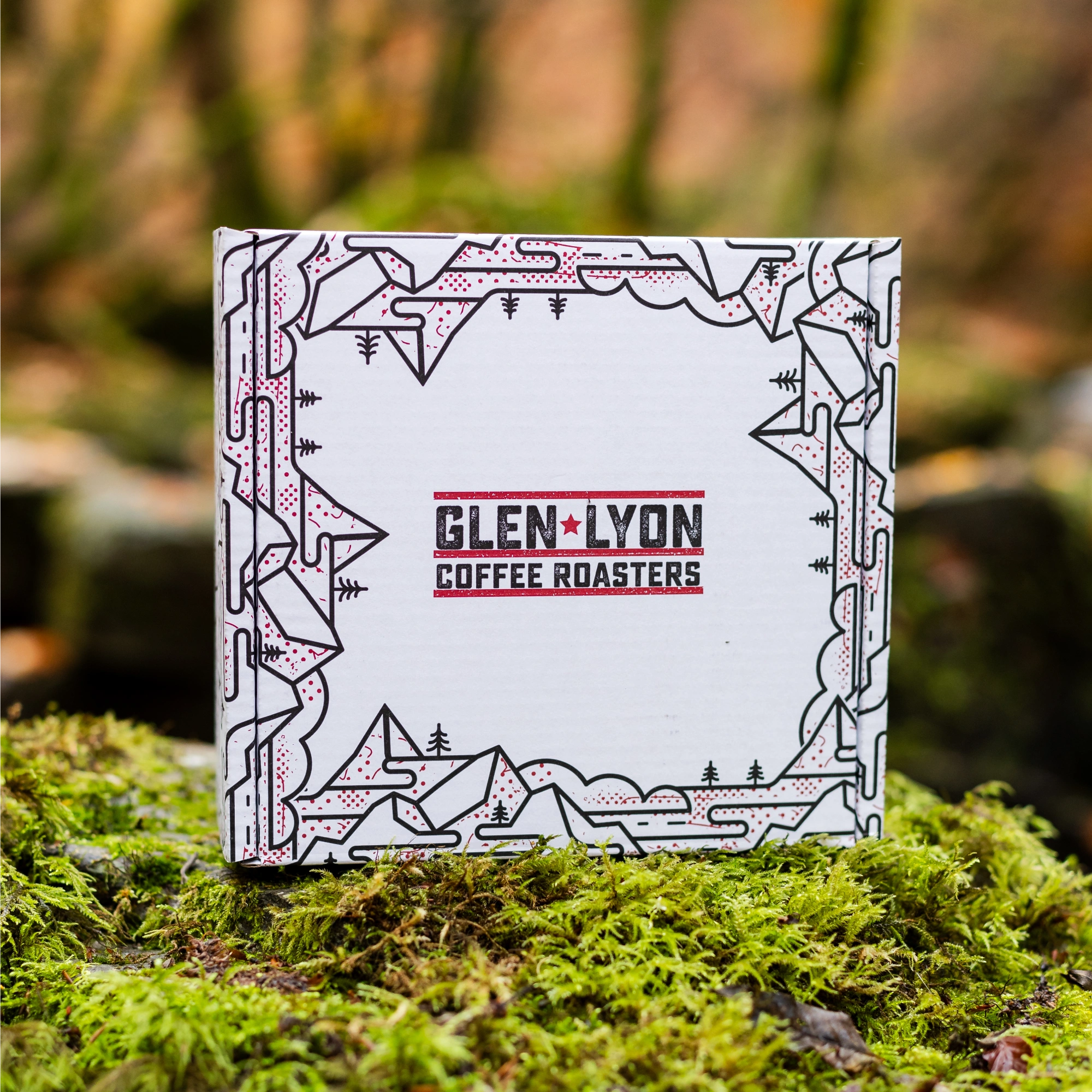Many people cite Guatemala as their favourite coffee origin, and for good reason: coffees from here tend to be balanced and sweet but with lots of complexity, and the diverse regions from volcanoes to plateaus to rainforests provide a huge variety in growing conditions and terroir.
We're excited to introduce La Libertad, a lovely community lot from a group of smallholder farmers in the famed coffee-growing region of Huehuetenango in Guatemala's western highlands.
Guatemala is one of the world’s most renowned coffee-producing nations, and enjoys nigh-on perfect growing conditions across most of the country. Since its introduction in the mid-18th century, coffee has become a massively important part of Guatemala’s economy and culture.
With support from the national coffee association, Anacafé, Guatemala's coffee industry has grown to become the world's tenth largest producer, generating around 40 percent of the country's agricultural export revenue and supporting almost half a million families.
Specialty coffee is grown across eight distinct regions in Guatemala, designated by Anacafé as those producing Strictly Hard Bean (high altitude) coffee, and can be divided into five volcanic and three non-volcanic regions. Huehuetenango (which means 'Place of the Ancients') is the highest of the non-volcanic regions, located in the west of the country along the Mexican border and dominated by the Cuchumatanes Mountains.
Here, hot air sweeps across from the Plains of Tehuantepec in Mexico, and mixes with cooler mountainous air, creating a frost-proof microclimate that allows coffee to be cultivated up to 2,000 metres. Coffee from Huehuetenango (pronounced way-way-teh-nahn-go) is much sought-after and often places highly in Guatemala's Cup of Excellence competition.
In 1969, several small producers in the area of La Libertad in Huehuetenango banded together to protect themselves from unscrupulous coffee buyers who were exploiting the farmers by purchasing coffee at unfairly low prices.
These buyers took advantage of times of food scarcity, approaching farmers and offering to exchange maize for future coffee harvests. Although the coffee was much more valuable, hunger forced the farmers to trade away future crops to alleviate their immediate needs.
In response, 22 small producers came together to create protective structures. Jose Recinos, known to his friends as Chepemingo, spearheaded the formation of what would soon become a cooperative. At that time, the group collectively harvested and processed 30,000 pounds of parchment coffee; today, that total has risen to 4,000,000 pounds.
According to Anacafé, a typical coffee from Huehuetenango might offer a “fine, intense acidity with a full body and pleasant wine notes”. Harnessing the collective harvests of this group of producers, La Libertad is a balanced and full-bodied coffee with a delicious green apple brightness that showcases the best of this amazing region.

















